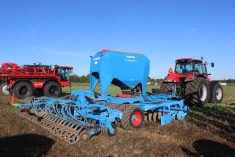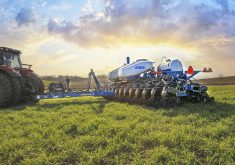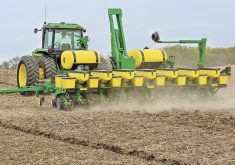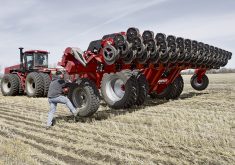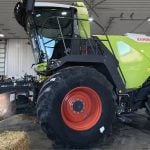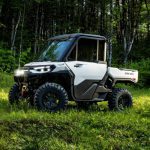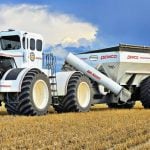Glacier FarmMedia – Kinze’s 3505 True Speed high-speed planter is designed to provide accurate seed depth and singulation at speeds up to 12 m.p.h., which is about two m.p.h. faster than most other planters.
But should anyone have confidence in a planter at that speed?
The key to success is a combination of factors including frame design, openers, down pressure and metering.
Read Also
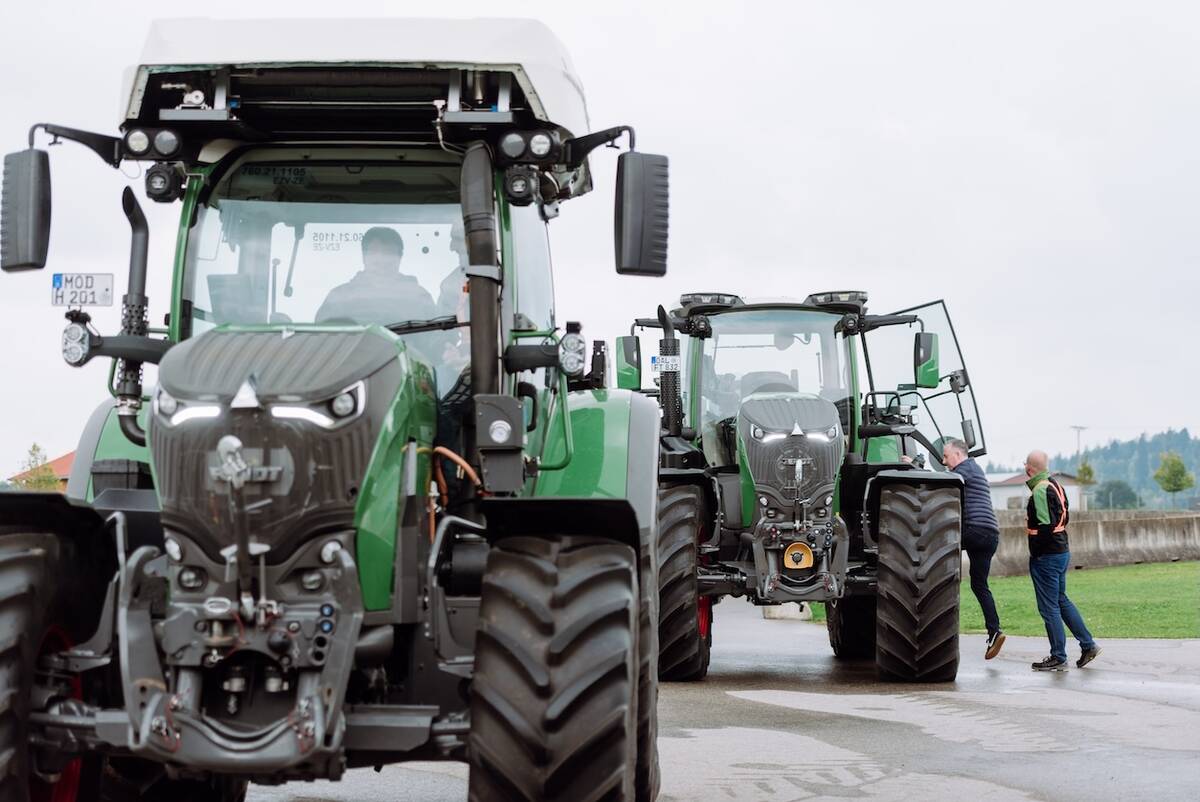
Agco worries about outlook for North America
Agco chief executive officer Eric Hansotia recently had both good and bad news to share about the demand for new farm equipment.
There’s nothing new about electric drive metering. However, every time a little bit of speed is added, or just a few more seeds, it asks a lot more of the meter.
Ten m.p.h. seems to be the industry standard for most high-speed disc planters. At that speed 150 soybean seeds pass through the meter every second. Bump that up to 12 m.p.h. and you’re looking at 180 seeds per second.
That’s what the 3505 does, thanks to the Blue Drive electric drive metering system, said Kinze’s Eric Broadbent in a phone interview.
“This speed is based on our ability to singulate the seed with reliable repeated accuracy. For example, we can do a 150,000-soybean population at 12 m.p.h. It sounds like a machine gun.
“It comes down to the speed of the meter and the smooth flow in the delivery tube while maintaining that high level of singulation. We hit all those targets with our Blue Drive electric drive meter. It’s absolutely essential to hold the meter at a given speed without variations.
“The slightest surge or jolt in the electrical system can have a major impact. Just imagine how many feet you cover going down the row at 12 m.p.h. Even a tenth-of-a-second bump can leave a three- or four-foot gap.”
Although the 3505 is accurate at high speed, Broadbent said a lot of growers will run at five to six m.p.h. Running at 10 or 12 all day is too hard on the operator.
“Very few will take full advantage of the top speed. There’s a lot going on at that speed. It can be pretty stressful. You need tabletop flat fields to go 12 all day. Although it’s likely everyone will try it at least once.”
This is the same Blue Drive electric metering system employed on all True Speed planters, said Broadbent. It’s now being applied to the 3505 to meet the requirements of smaller farm operations and smaller fields. It’s not intended for big farms.
He said it’s more for the guy who is farming about 750 acres or he’s in an area with mainly small fields.
The pivot fold planter is available with or without split eight-row 30-inch and six-row 30-inch configurations.
Blue Vantage display keeps an eye on four planter-mounted cameras. The 3505 has True Depth hydraulic down force for accurate seed placement and bulk-fill seed-carrying capacity of 50 bushels, with liquid and dry fertilizer options.
Farmers can use the 3505 for planting corn, soybeans, sweet corn, cotton, sunflowers, milo/sorghum, edible beans, sugar beets and wheat.
Also new from Kinze is the Yetter 2940 Air Adjust row cleaners for 4905 and 4705 Blue Drive planters. The factory-installed cleaners are fully controlled by the Blue Vantage display. With the dedicated row cleaner display screen, the operator can change row air settings and operating depth from the tractor cab.
The parallel linkage row cleaner and coulter and row cleaner combo are equipped with up and down air bags to precisely follow ground contours. They are equipped with a hydraulically driven pneumatic compressor and SharkTooth row cleaner wheels.
Although modern guidance systems provide accurate and reliable service, Broadbent said there are two reasons most planters are still ordered with disc markers.
If a planting rig loses signal or suffers a problem with the devices, the operation can continue.
Secondly, on bigger planters, farmers like that extra weight out on the wings to help keep them stable. This is especially important at higher speeds.
“We see trades coming in where the markers have never been unfolded. The paint is still shiny.”
– This article was originally published at The Western Producer.



